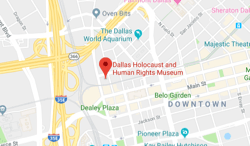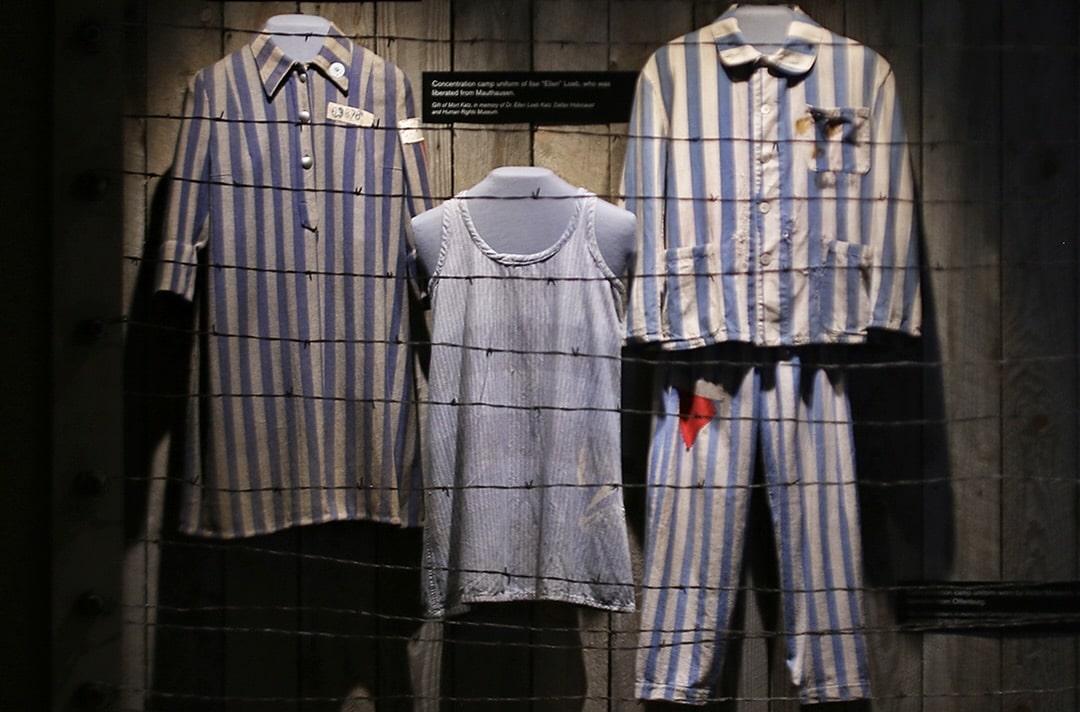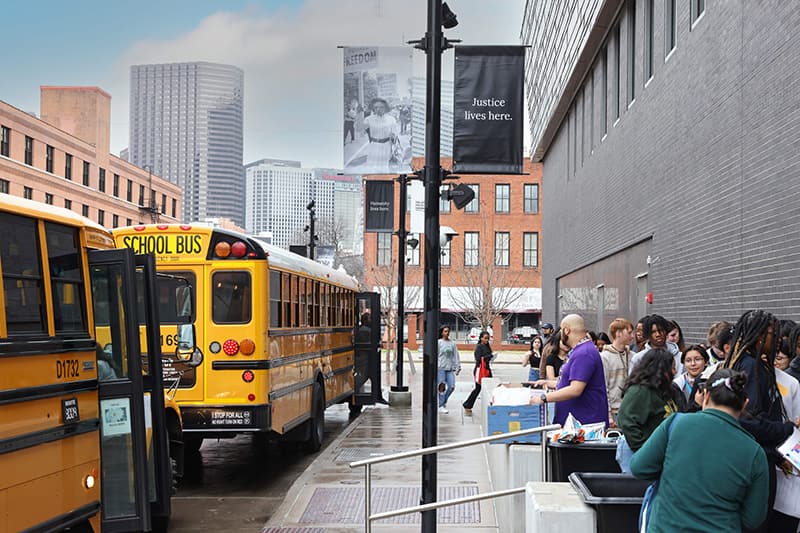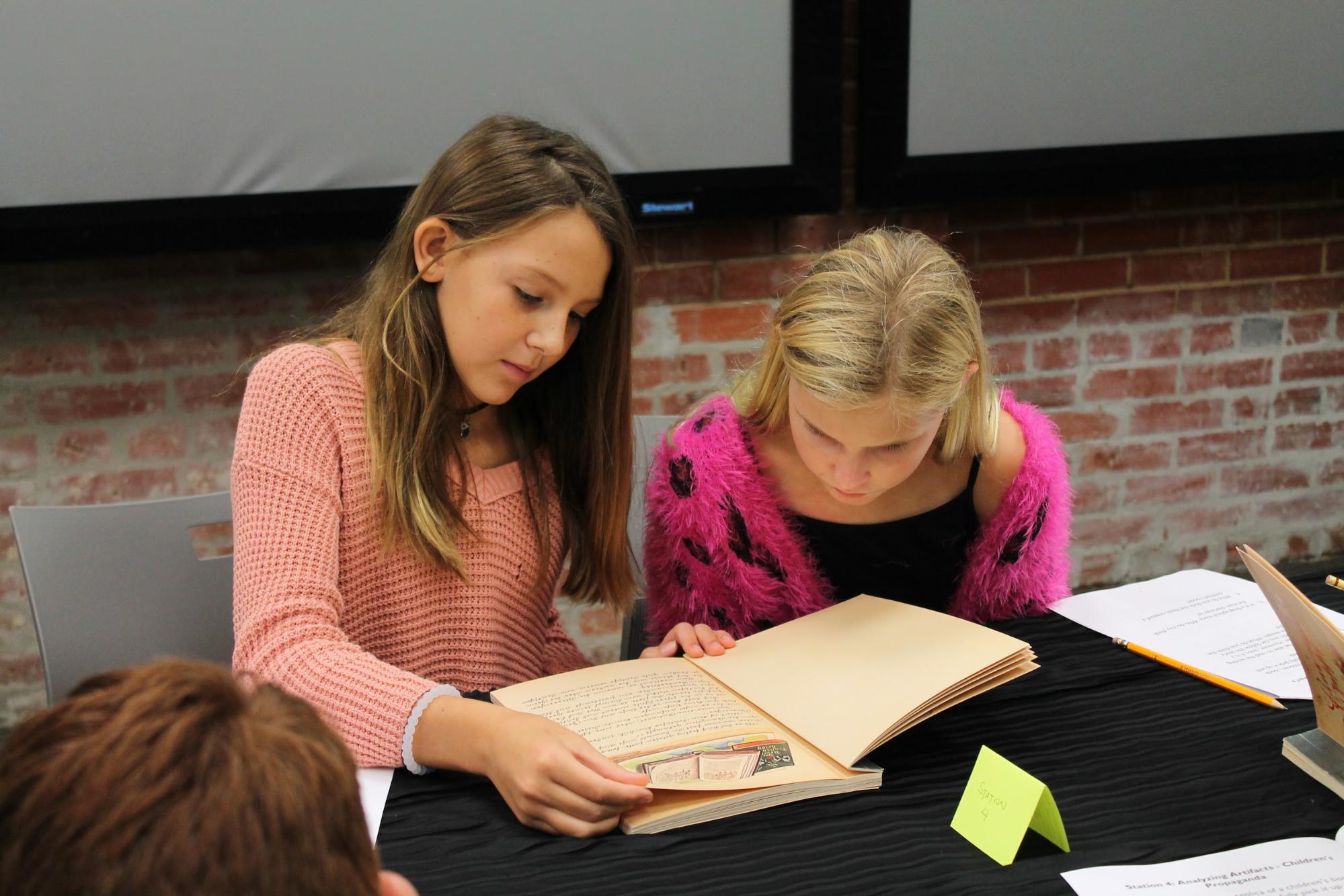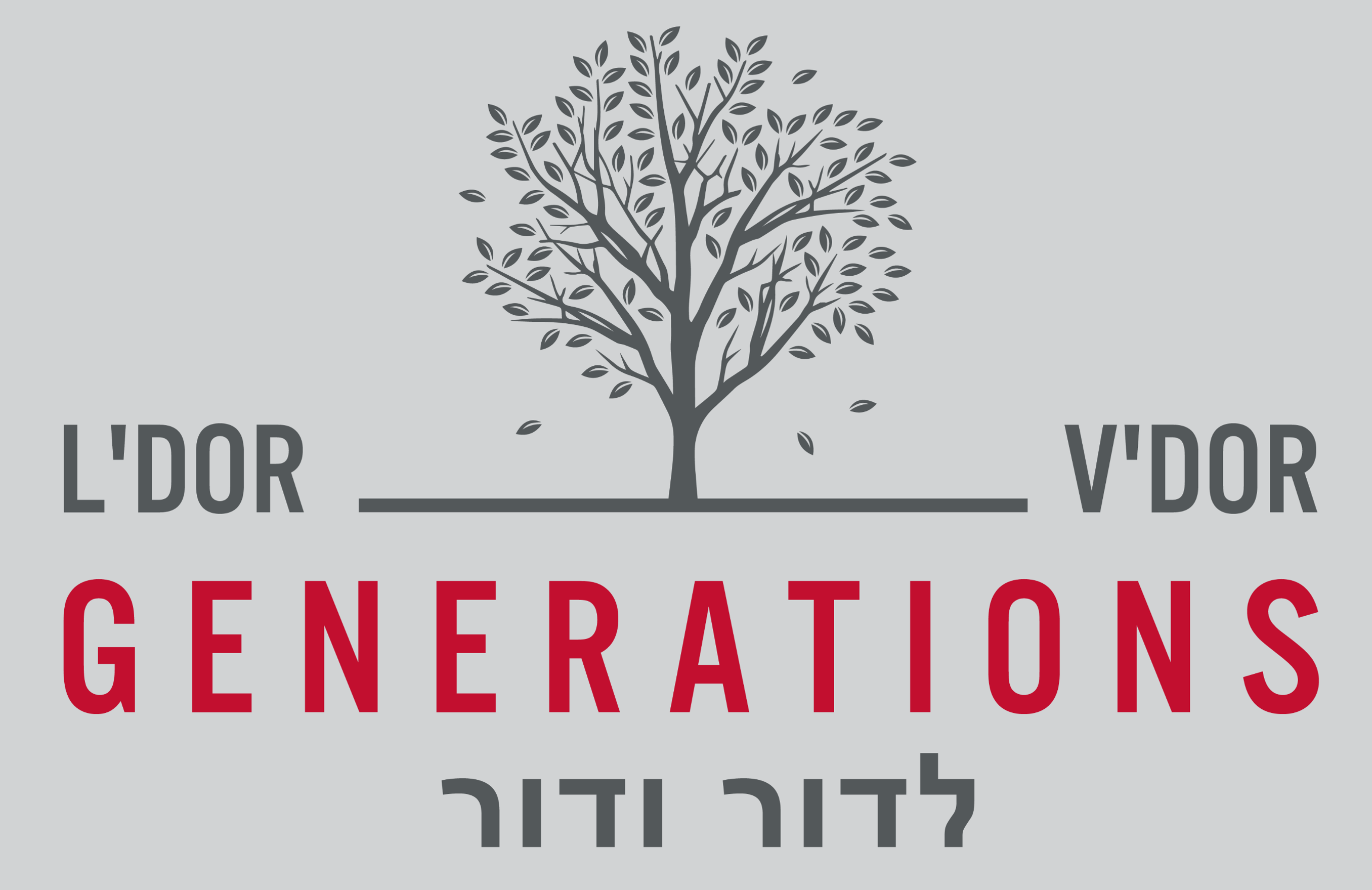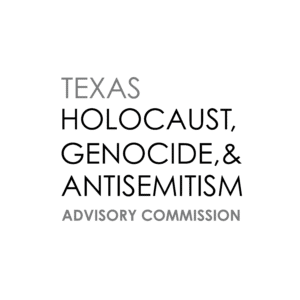Ten Stages of Genocide
Graphic Novels
Explore Dr. Gregory Stanton’s Ten Stages of Genocide through graphic novels specifically created to align with the Museum’s Ten Stages of Genocide gallery. The graphic novels depict each stage through the lens of a different genocide.
Ten Stages of Genocide Graphic Novels are generously supported by:
Classification: Guatemala, Nunca Más (Never Again)
Stage Definition: All cultures have categories to distinguish people into “us and them.” In genocide, victims are targeted because of their national, ethnic, racial, or religious identities. Other classifications, such as gender, sexual, political, economic, and social identities, may also make groups targets. Classification does not necessarily lead to genocide. But without it, genocide is impossible.
Guatemalan Genocide: The Spanish colonizers of Guatemala believed they were superior to the Mayan Indians. They excluded them from rule. From 1960 to 1996, a civil war raged in Guatemala between the government and communist inspired rebels. The government labeled Mayan Indians as communist supporters. The army used the war as an excuse to slaughter the Mayans. It committed over 626 massacres and murdered over 200,000 Mayans. Most were civilians. Many were women and children.
Symbolization: Cambodia, The Year Zero
Stage Definition: Perpetrators use symbols to identify and target groups of people. Symbols include names and physical signs. Symbols depersonalize members of a group. Some are self imposed, such as distinctive dress, language, or sacred emblems. Others are imposed by perpetrators, making it easy to identify “the enemy.”
Cambodian Genocide: From 1975 through 1978, the Khmer Rouge (Red Cambodian) regime led a communist revolution in Cambodia. They wanted to turn the country into “a classless society” of peasant farmers. Led by Pol Pot, they targeted Cambodians they considered enemies of the revolution. 1.5 to 3 million people were murdered or died from starvation.
Discrimination: Bosnia, Safe Zone
Stage Definition: A dominant group uses law, custom, and political power to deny the rights of weaker groups. Powerless groups are not granted full civil rights, voting rights, or even citizenship.
Bosnian Genocide: Bosnia, part of former Yugoslavia, is ethnically and religiously diverse. In July 1995, the Bosnian Serb Army, led by General Ratko Mladic, seized a small town called Srebrenica. The town was mainly inhabited by Muslims. Males from age 7 to 70 were bused to surrounding forests and murdered. Women and children were forced to leave town. The massacre lasted 5 days. 8,372 bodies have been identified in mass graves.
Dehumanization: Genocidal Terror, Unholy War
Stage Definition: One group denies the humanity of the other group. Members of it are equated with insects, animals, diseases, invaders, criminals, terrorists, infidels, or traitors. They are sub human. Dehumanization overcomes the normal human revulsion to murder.
Genocidal Terror: Radical religious groups seek to create a world under their religious domination. They use force and terror to achieve these goals. Genocidal terrorism intends large scale destruction, mass murder, and the targeting of specific victim groups. No matter how few victims, if genocidal intent is present, it is genocide under provisions of the Genocide Convention.
Organization: Great Leap Forward, Mao's Great Famine
Stage Definition: Genocide is usually organized by the state. The government uses militias to provide deniability of state responsibility. Sometimes the organization is informal. Governments use bureaucracies to manage organization. States organize secret police to spy on, arrest, torture, and murder people suspected of opposition to political leaders. Special training is given to murderous militia and army killing units.
Great Leap Forward (China): Chairman Mao Zedong, leader of China, wanted his country to lead the communist world. He attempted to transform China from an agricultural to industrial nation. Called the Great Leap Forward, his plan was a total failure. Between 1958 and 1962, at least 38 million Chinese died from starvation, forced labor, and execution.
Polarization: Rwanda, Land of a Thousand Machetes
Stage Definition: Polarization happens when a society divides into opposing groups. These groups are based on political opinions, religious beliefs, or ethnic differences. Extremists use hateful propaganda to drive people apart. Laws forbid interaction between groups. Extremists target moderates to intimidate and silence people of conscience, people who might mediate between the groups.
Rwandan Genocide: Racist Belgian colonial rulers thought Tutsis were superior to Hutus. They gave Tutsis preference in education, priesthood, business, and government positions. The 85% Hutu majority resented domination by the 15% Tutsi minority. At independence in 1962, Hutus took power. The Rwandan Genocide in 1994 lasted 100 days. Hutu Power extremists led the Hutus to murder 800,000 Tutsis and a few Hutu moderates. The United Nations withdrew a peacekeeping force of 2,500 troops, ignoring the commander’s requests for reinforcements. The world watched as genocide destroyed Rwandan society.
Preparation: Holomodor, Empty Baskets
Stage Definition: During preparation, leaders plan the murder of the targeted group. These plans include training troops and militias. Leaders also spread lies about the victim group so the general population will come to fear and hate them. Leaders often claim that “if we don’t kill them, they will kill us.” They disguise genocide as self defense.
Holodomor: The Holodomor refers to the forced famine of Ukrainians in 1932 1933 by the Soviet Union. Soviet leaders, Joseph Stalin and Vyacheslav Molotov, wanted to destroy Ukrainian nationalism. They hoped to enrich the Soviet Union at the Ukrainians expense. Millions of people died from starvation. Millions more were murdered by shootings, imprisonment, torture, slave labor, and disease.
Persecution: Karankawas, Our Land
Stage Definition: Victims are identified and separated out by ethnic or religious identity. Death lists are drawn up. Their property is often taken. Sometimes, they are segregated into ghettos, camps, or reservations. Perpetrators deprive victims of resources, prevent births, and take children from parents. Victims’ human rights are abused through murder, torture, and forced displacement. Some massacres begin. The perpetrators watch to see if they meet opposition.
Karankawas: For Texas settlers, land was the goal. American Indians stood in the way of that goal. Many Texan leaders wanted Indians removed from the state. Only a few, like Sam Houston, argued for peaceful coexistence.
Extermination: Tasmania, Vanished
Stage Definition: Extermination is mass murder, legally called “genocide.” It is “extermination” to the perpetrators because they do not believe their victims are fully human. Perpetrators continue to dehumanize their victims. They mutilate bodies and rape women. Their goal is to erase the group’s existence from history. They destroy the victims’ cultural and religious heritage. When sponsored by the state, the armed forces often work with militias to do the killing.
Tasmanian Genocide: British settlers first arrived in Tasmania in 1803. Soldiers, convicts, and free colonists were sent to claim the island and establish a penal colony. These settlers considered the people already living there, aboriginal Tasmanians, to be “savages” with no claim to the land. Tasmanians fought the settlers who then decided they needed to be exterminated. The settlers wiped out almost every Tasmanian between 1803 and 1847. Truganini , the last aboriginal Tasmanian, died in 1876.
Denial: Armenia, The Longest Denial
Stage Definition: Perpetrators deny genocide throughout the process. They continue to deny it long after it has ended. It is among the surest signs that a genocide happened. It is also one of the best predictors of future genocides. Perpetrators deny that they committed any crimes. They often blame what happened on the victims.
Armenian Genocide: From 1915 to 1918, the Ottoman imperial government directed the genocide of the Armenians in Anatolia (present day Turkey). The Muslim Ottomans considered Christians, particularly the Armenians, to be secret allies of their enemy, Russia. In an effort to eliminate the Armenians, they tortured, starved, and methodically massacred them. The remaining Armenians were sent on death marches or packed in train cars to die of hunger and thirst in the Syrian desert. The Ottomans murdered 1.5 million Armenians.
An Immersive, Interactive Journey Unlike Any Other
Please join us for a visit. Unforgettable doesn't begin to describe the experience.
